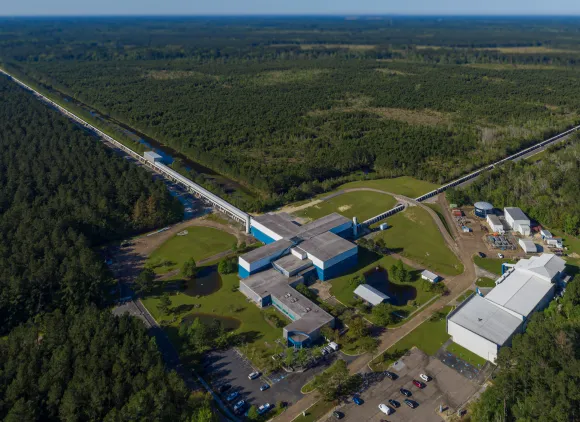The U.S. National Science Foundation Division of Physics (PHY) supports multiple facilities that provide access to unique technology and instruments enabling ambitious scientific investigations into the fundamental workings of the universe.
From high-energy particle detectors to powerful laser systems, these shared facilities are critical scientific infrastructure used by researchers for groundbreaking discoveries, such as the first-ever detection of gravitational waves. They also provide many early-career researchers and students with specialized training at some of the best research facilities in the world. The division also supports an artificial intelligence institute as part of the NSF-led National Artificial Intelligence Research Institutes program.
 On this page
On this page
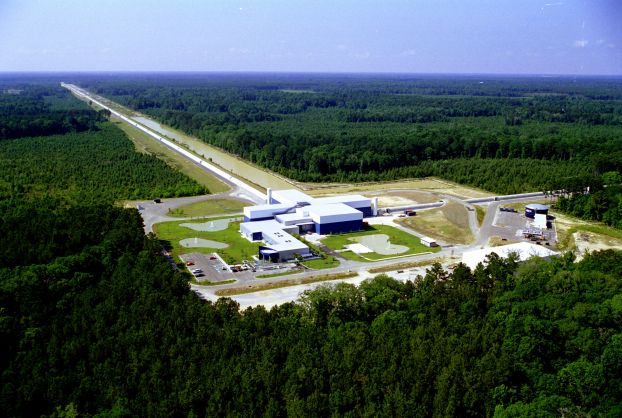
NSF Laser Interferometer Gravitational-Wave Observatory (NSF LIGO)
NSF LIGO’s two multi-kilometer-scale gravitational wave detectors (located in Hanford, Washington, and Livingston, Louisiana) use laser interferometry to measure the ripples in space-time caused by gravitational waves from cosmic events such as colliding black holes. In 2015, NSF LIGO detected gravitational waves for the first time, confirming a major prediction of Albert Einstein's 1915 general theory of relativity.
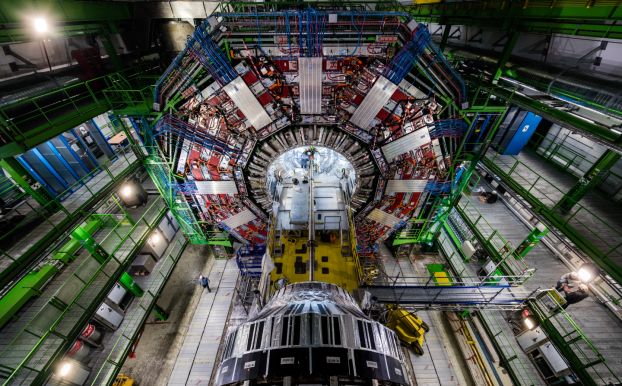
Large Hadron Collider
NSF supports two particle physics detectors — ATLAS and the Compact Muon Solenoid (CMS) — at the world’s most powerful particle accelerator, the Large Hadron Collider at the European Organization for Nuclear Research (CERN) in Switzerland. These massive detectors enable the investigation of a wide range of physical phenomena, from the Higgs boson to extra dimensions to particles that could make up dark matter.
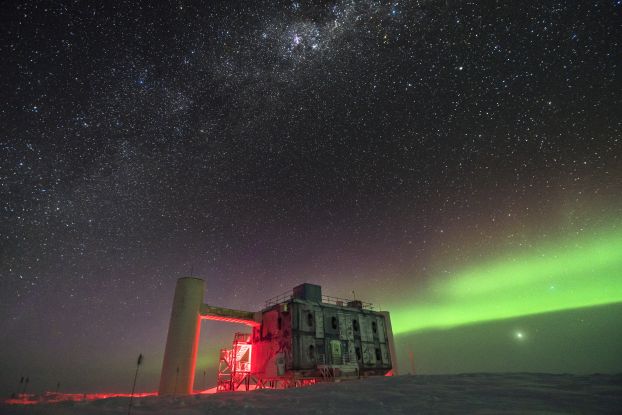
NSF IceCube Neutrino Observatory
The NSF IceCube Neutrino Observatory is a grid of thousands of sensors embedded in a cubic kilometer of ice deep in the Antarctic Ice Sheet that allows it to detect elusive neutrinos and determine where they came from. In 2023, researchers used the NSF IceCube Neutrino Observatory to create a neutrino-based image of the Milky Way, the first such image ever made with particles of matter rather than electromagnetic energy.

Mid-scale Research Infrastructure
The division supports multiple facilities through the NSF-wide Mid-scale Research Infrastructure programs, including the NSF Zettawatt-Equivalent Ultrashort pulse laser System (ZEUS). The NSF ZEUS user facility is the most powerful laser in the U.S.

NSF AI Institute for Artificial Intelligence and Fundamental Interactions (NSF IAIFI)
Supported and led by the division, NSF IAIFI is using the capabilities of AI to investigate complex challenges in physics while simultaneously developing robust and reliable AI-based tools. The institute is part of the NSF-led National Artificial Intelligence Research Institutes program.
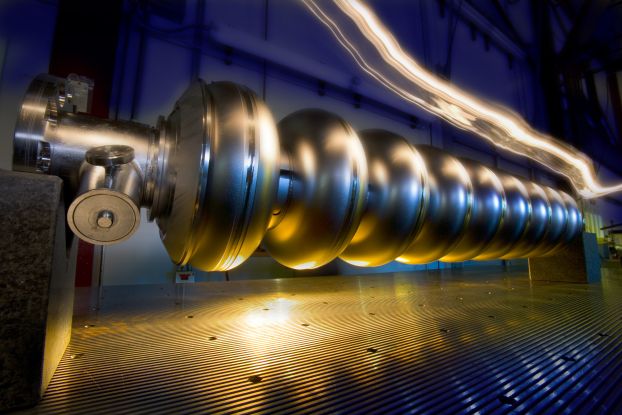
NSF Science & Technology Center for Bright Beams
The NSF Science & Technology Center for Bright Beams (NSF CBB) is focused on gaining the fundamental understanding needed to transform the brightness of electron beams, which are broadly used in science, medicine and industry. NSF CBB's overarching research goal is to increase the brightness of beams of charged particles by a factor of 100 while decreasing the cost of key accelerator technologies.
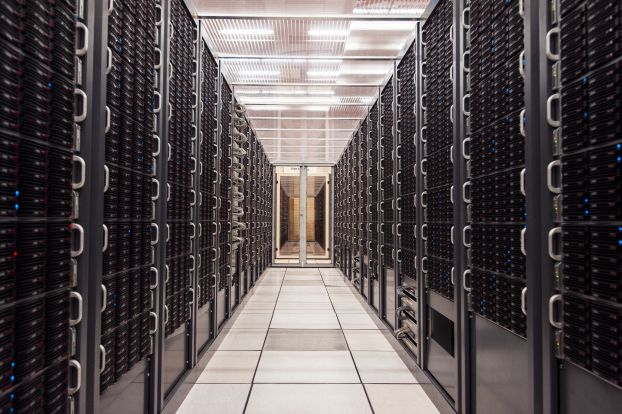
NSF Institute of Accelerated AI Algorithms for Data-Driven Discovery
The NSF Institute of Accelerated AI Algorithms for Data-Driven Discovery (A3D3) targets fundamental problems in three fields of science: high-energy physics, multi-messenger astrophysics and systems neuroscience. Within these domains, NSF A3D3 aims to develop and apply novel AI solutions to analyze large datasets in real time, greatly enhancing their discovery potential.

